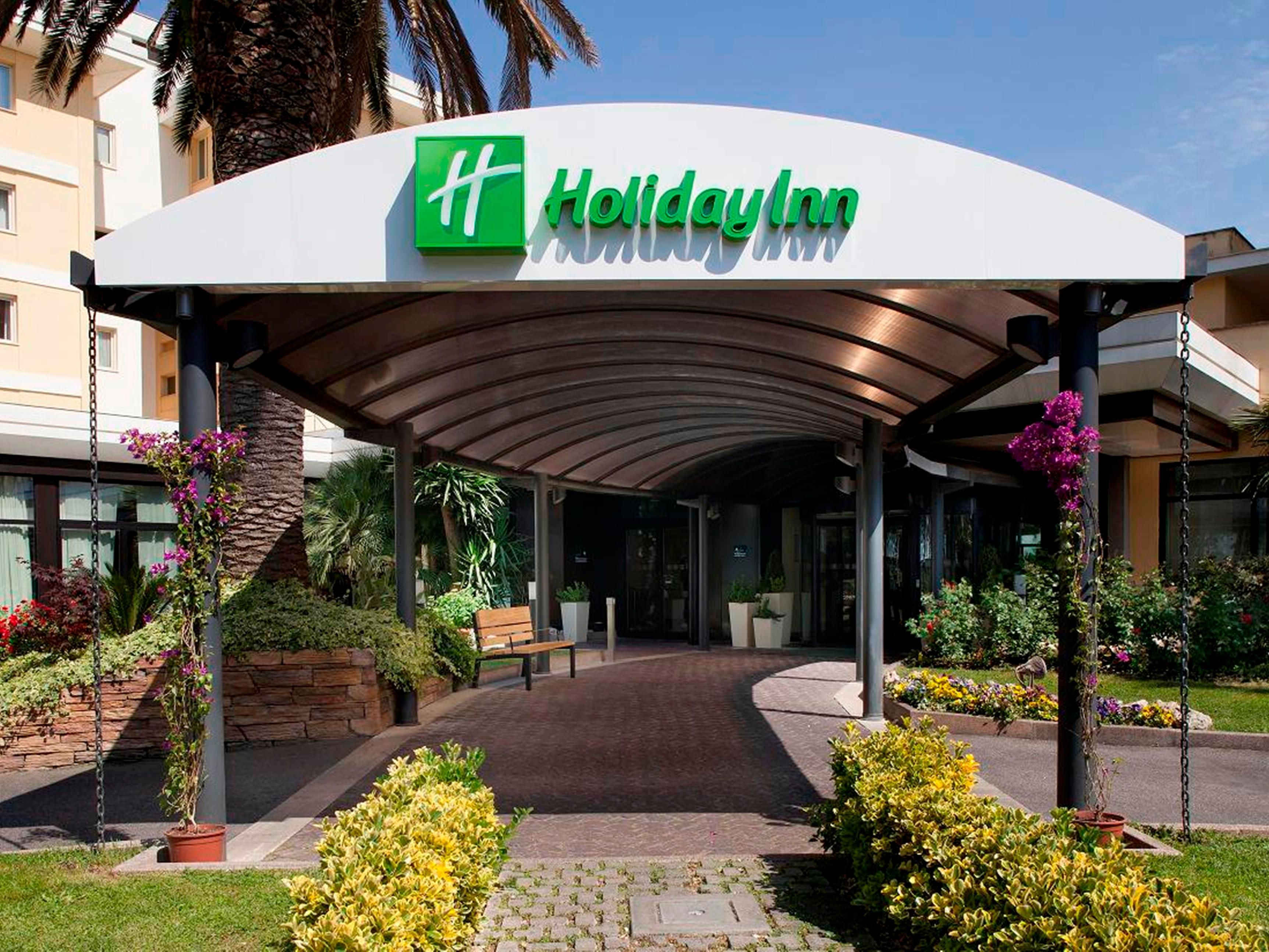Venue & Hospitality
Welcome to the 31st Annual Cardiologists Conference which will be held in the beautiful and historic City of Rome, Italy.
Conference venue:
Holiday Inn Rome Aurelia
Via Aurelia km 8,400 00165 ROMA
Dir. Tel +39 06 66509715
Fax +39 06 66414437
Conference Dates: June 17-19, 2019
Hotel Services & Amenities
- Audio/Visual Equipment Rental.
- Business Center.
- Business Phone Service.
- Complimentary Printing Service.
- Express Mail.
- Fax.
- Meeting Rooms.
- Office Rental.
- Photo Copying Service.
- Secretarial Service.
- Telex.
- Typewriter.
- Video Conference.
- Video Messaging.
- Video Phone.
- ATM.
- Baggage Storage.

Transportation
Driving Directions to
Driving Directions
From Leonardo da Vinci Fiumicino(FCO Airport) to Holiday Inn, Aurelia, Rome
• Distance: 13.05 MI/21.0 KM NORTH to Hotel
• Fiumicino airport drive to the junction to Roma, continue on Highway A 91, take exit to Florence/Aurelia and continue to the ring road A90, take exit 1 to Roma/Centro/Aurelia/Porto Civitavecchia, continue to via Aurelia until your destination.
From Ciampino–G. B. Pastine International Airport to Holiday Inn, Aurelia, Rome
• Distance: 16.16 MI/26.0 KM SOUTH EAST to Hotel
• From Ciampino Airport take the link to the ring road A90/E80 to Ardeatina/Pontina/Fiumicino/Porto Civitavecchia and drive 23 km, take exit 1 to Roma/Aurelio/Città del Vaticano get on via Aurelia /SS1 until your destination.
Train
• From Aurelia Station take via Aurelia SS/1 going northeast, after 900 meters make U-turn , take via Aurelia SS/1, turn on the right in via Bogliasco situated between Agip gas station and the Panorama supermarket. • Station Name:aurelia
• Distance: 1.55 MI/2.5 KM WEST to Hotel.
Subway
• From the subway station proceed towards southeast from via Ennio Bonifazi, take via Padre Anastasio Gutièrrez then via Gregorio XI , via Michele Pironti continue via Michele Pironti to strada statale 1, take Via Bogliasco located between the Agip gas station and the Panorama supermarket.
• Subway Station Name:Cornelia
• Distance: 2.42 MI/3.9 KM SOUTH to Hotel
Route Map
About City
